electronica and lineart
Saturday, November 25th, 2006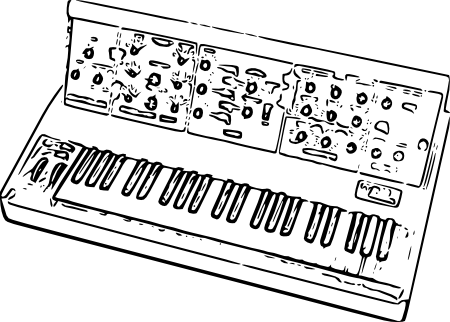
This is a really nice video by ljubliden for minilogue (on spreeblick today)
and the image above has nothing todo with it.
randformblog on math, physics, art, and design |

This is a really nice video by ljubliden for minilogue (on spreeblick today)
and the image above has nothing todo with it.
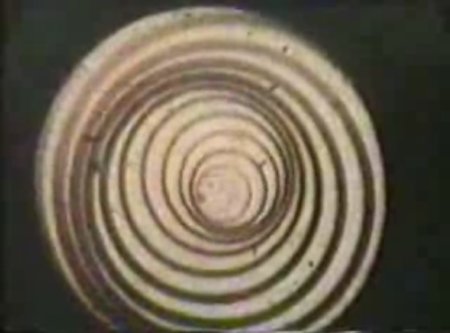
I was happy and astonished to find that Marcel Duchamps Anémic cinéma is still on youtube. may be go watch fast.
->link
I finally managed to translate my article for the conference proceedings of the NMI2006 conference from german into english. There are a few additions, which are not included in the german version.
The article is a description of our installation seidesein. It gives an account on our motivations for creating seidesein but it explains a bit also our motivation for other daytar works.
The article is for download >>here or directly via the seidesein page.
I am very grateful for any feedback on this article.
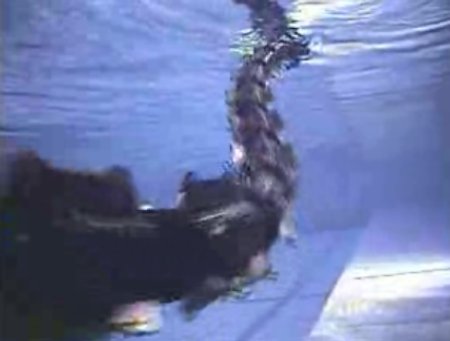
I am thread safe – i.e. I am still keeping water as a subject after the last post. However I have to say that I find this rollerskating robot from Hirose robotics lab actually cooler as the above swimming snake robot. yes – its almost as cool as the famous boston mule.
strongly recommended: Hirose lab movie gallery
this is not really a follow up post to this old dainty walker randform post :).
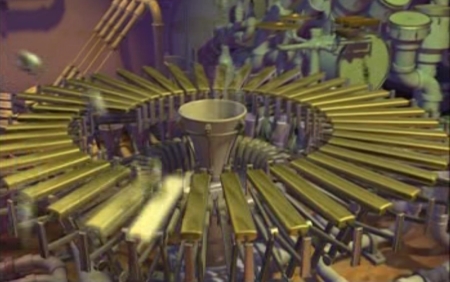
A classic in midi-to-graphics “generative” animation is “pipedream” by Dave Crognale and Wayne Lytle. It is sold together with other works by them on a DVD compilation via their website animusic. The “pipedream”-video itself is however also downloadable via the SIGGRAPH animation site on archive.org. However if you have an ATI graphics card you can render it also in realtime via the ATI rendering-gadgets sites for MAC and Windows.
Wayne Lytle has worked also in scientific visualization, e.g. on this mathematical visualization video for string theorist Brian Greene.
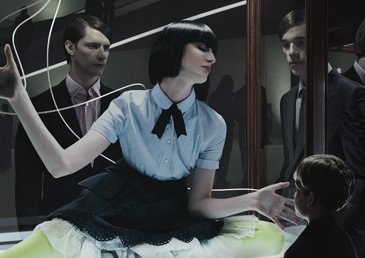
supernatural studios are hosting a very interesting lecture series in London`s Tate modern on visual effects and computer animation.
via rhizome
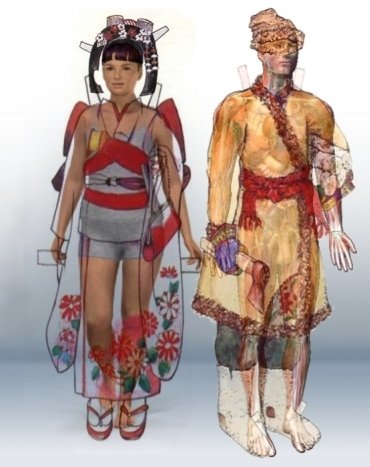
daytars project “d-room” was originally a proposal for a rhizome commission – however it didnt make it to the rhizome commisson‘s top ten. The proposal URL was only made public for rhizome members and since january the proposal is rotting on our server. So, I thought to make it public now.
(more…)
![]()
It is allways an interesting question at what point a picture becomes a symbol, i.e. a representative for something more abstract. This is also what I found to be the most important point which I missed in John Maeda’s commentary in this weeks post. How much is an avatar a symbol for the person behind it?
In the case of a logo the symbol nature is usually easy to manifest, but e.g. in the case of characters – especially from computer games – this depends. Sometimes they are pixymbols – just think of the pac man characters. For the smiley I find this is similar.
In this context it is worthwhile to see how early character design in computer games has transformed by time. And so I stumbled over these funny “round voxel”-3D analogs of game characters by designer Jeremy Dower who did – among others – also character design for the gameboy.
-See also an old randform post about pictoplasma.
-fake (?) space invaders characters e.g. here

speaking about virtual architectural icons in my last post, it worthwhile to mention that the american company Lichtenstein Creative Media is organizing concerts and interviews in the commercial (and expensive) virtual environment called second life. On their webpage they currently feature a virtual concert with wellknown songwriter Suzanne Vega, including a machinima of her concert. If the link is gone — here is another youtube machinima of the concert.
Also MIT professor John Maeda was there. Reflecting on his second life experience in his blog, Maeda suddenly expressed his concern for mathematicians (thats how i interpret it ;)):
At the recent SIGGRAPH, one of the most popular talks was the fellow from i>SL where he spoke about the higher “emotional bandwidth” one gets with communicating through a fully-rendered avatar versus a pitful smiley like :-). Our resident media philospopher Burak took great offense at this comment. He felt that signs/symbols were invented not because we crave for constant realism in life, but that we can get engage deeper feeling through experiencing abstractions of reality. The more abstract the better, in his mind.
And that’s where it is: “in his mind.” Where the emotional bandwidth is truly the highest and where no computers (currently) can venture. To live without reality (or even a simulation of it) and to instead be immersed in a sea of symbols and even more abstract thoughts. Seems like one can go crazy in such a world.
So let’s wait for Madonna to appear there — would relieve her may be from the pressure to do cosmetic surgery for being an icon.